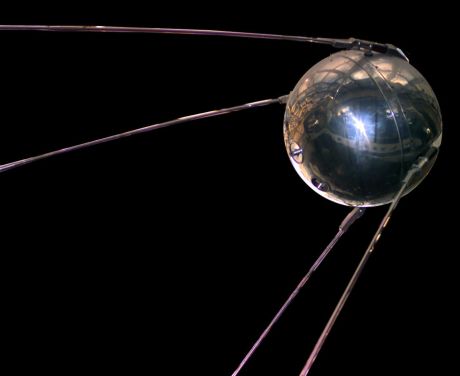High-tech satellite components

Sputnik
By NSSDC, NASA[1] [Public domain], via Wikimedia Commons
An EU team developed two different analogue-to-digital converters (ADCs) for satellite communications. The low-power, high-performance devices extend the state of the art, and help establish European independence in the sector.
Satellite digital communications equipment must achieve high performance
with very little power. A key component is ADCs, and competitive
pressures will require ever-more sophisticated designs.
The EU-funded project 'Converters broadband low power high performance for telecommunications in space' (COMETS) investigated new European-sourced radiation-hardened designs. The project aimed to meet the demand for high conversion capacity, currently unavailable. Also, the undertaking was designed to ensure long-term European independence. The project began during 2010 and ran for 41 months.
Research was structured into two phases. The first involved developing an innovative low-power and fast ADC, based on existing technology. The result was a 10-bit 1.5 GSps radiation-hardened device, which improves the state of the art. The phase one unit was intended to serve the industry in the short term. Satisfactory evaluation of the ADC according to European standards concluded the first phase.
For the European space industry's medium- and long-term needs, the project pursued phase two. Building on phase one results, the second ADC was to be a high dynamic range 12-bit resolution unit, having a clock speed of 1.5 GSps. The second phase saw characterisation and validation of the more advanced unit. Evaluation and space qualification for the device was not part of the project's goals.
The COMETS project developed new ADCs boasting unprecedented performance, attracting interest from the global space industry plus other sectors. Furthermore, the units provide competitive advantage and long-term independence for Europe.
published: 2015-11-24